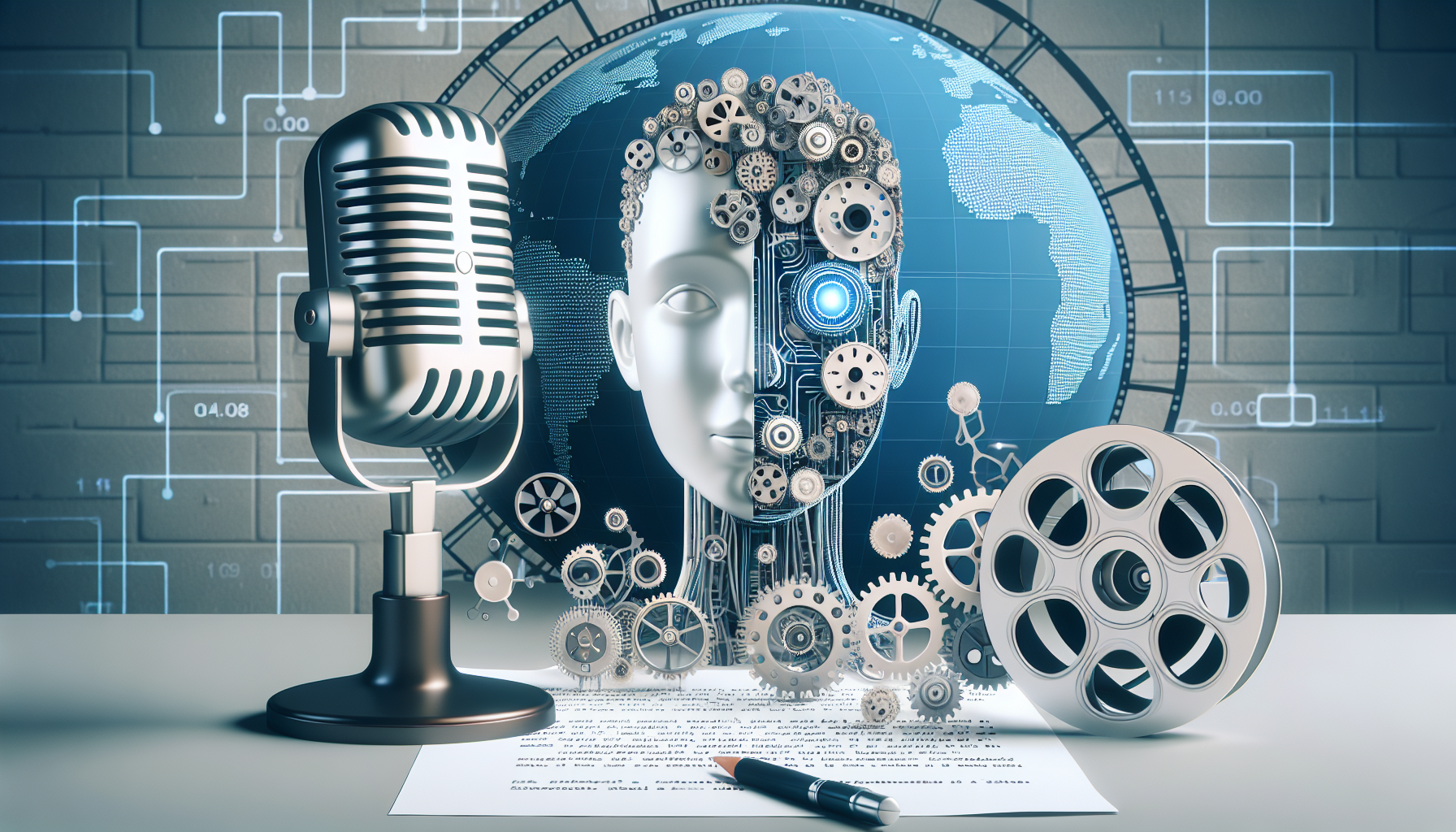
Is This the End of Bad Dubbing? How AI is Rewriting the Script for Global Entertainment
We’ve all been there. You’re excited to watch a foreign film that’s getting rave reviews, but you’re not in the mood for subtitles. You switch to the English-dubbed version and immediately regret it. The voices are flat, the lip movements are comically out of sync, and the powerful performance of the original actor is lost in a sea of awkward, emotionless translation. It’s a jarring experience that can completely ruin a movie.
For decades, this has been the unfortunate trade-off of making content accessible to global audiences. You either read subtitles and divide your attention, or you endure dubbing that feels like a pale imitation of the original. But what if there was a third option? What if you could watch any film in your native language, hearing the original actor’s voice, with their full emotional performance intact, and with perfectly synced lip movements?
It sounds like science fiction, but thanks to rapid advancements in artificial intelligence, it’s quickly becoming a reality. A new wave of tech startups is pioneering a revolutionary approach to dubbing, one that promises to preserve the soul of a performance while breaking down language barriers. This isn’t just an incremental improvement; it’s a paradigm shift that could change how we create and consume media forever.
The Age-Old Problem with Dubbing
To appreciate the magnitude of this innovation, it’s important to understand why traditional dubbing is so difficult and expensive. The process is a meticulous, labor-intensive art form.
- Translation & Adaptation: A script isn’t just translated; it’s adapted. Translators and writers have to find words that not only match the meaning but also the timing and lip movements of the on-screen actor—a near-impossible task.
- Voice Casting: Finding a voice actor who can not only match the tone and emotion of the original performance but also fit the character is a huge challenge.
- Studio Recording: Voice actors spend hours in a studio, painstakingly recording lines to match the on-screen action, often with little context beyond the single scene they’re working on.
- Mixing & Syncing: Audio engineers then have to perfectly sync the new dialogue with the film, a process that can never truly fix the visual mismatch of lip movements.
The result is a costly, time-consuming process that, even at its best, often feels like a compromise. The emotional nuance—the subtle sigh, the crack in a voice, the sarcastic undertone—is frequently lost in translation.
Enter AI: The Ultimate Polyglot
This is where machine learning enters the scene, not as a replacement for human creativity, but as a powerful tool to augment it. The new AI-powered dubbing process is a marvel of modern software engineering, breaking the problem down into distinct, automated steps.
1. Preserving the Voice and Performance
The first and most crucial step is capturing the original performance. Advanced AI models are trained on the original actor’s voice. They learn its unique timbre, pitch, and cadence. Then, using a translated script, the AI generates new dialogue in the target language but in a synthetic version of the original actor’s voice.
Think of it as vocal cloning with a linguistic twist. The automation here is key. The AI doesn’t just read the lines; it analyzes the original audio to understand the emotional intent. It preserves the pauses, the volume changes, and the subtle inflections that make a performance compelling. If the actor whispered a line in French, the AI will whisper it in Japanese, maintaining the same intimate, conspiratorial tone.
2. Perfecting the Lip Sync with Visual AI
This is perhaps the most mind-blowing part of the technology. Solving the audio problem is only half the battle. To achieve true immersion, the on-screen visuals must match the new dialogue.
Using techniques similar to those seen in “deepfake” technology (but for a positive purpose), a separate AI model analyzes the actor’s face. It then subtly and seamlessly alters the actor’s lip and mouth movements in the video to perfectly match the newly generated audio. The change is often so realistic that it’s imperceptible to the naked eye. The days of watching an actor’s mouth form an “O” while you hear a word ending in “E” are over.
The Engine Room: Software, Cloud, and the SaaS Revolution
This groundbreaking technology isn’t happening on


